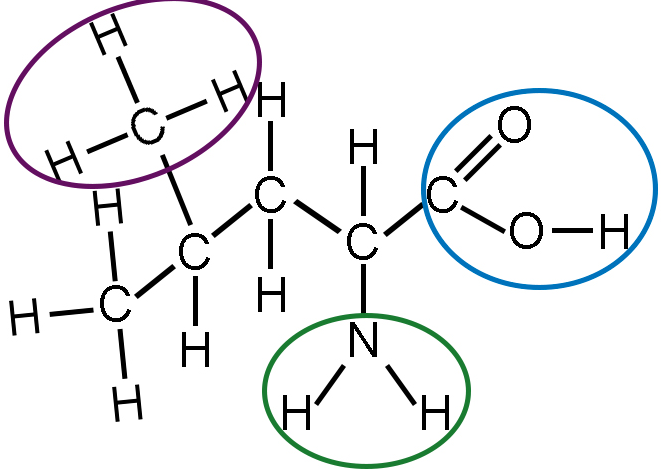

HYDROXYL PHOTOLINKER FREE
This phenomenon releases free ions (Fe +2) from ferritin which in turn reacts with H 2O 2 according to Fenton reaction to produce hydroxyl radical (. The reaction of H 2O 2 with Fe +2 and Cu + metal ions which are typically complexed with certain intracellular proteins such as ferritin and ceruloplasmin, respectively, occurs due to stress conditions, which means an excess of superoxide anion radical (O 2. Herein, we conduct a chemical survey of relevant synthetic compounds containing the hydroxyl groups prepared in chemical laboratories and studied for their biological efficacies, such as their effectiveness as antioxidants, as well as the mechanism of elimination of free radicals. In addition to these natural compounds, the last two decades have witnessed increased attempts by many scientific groups and research centers to synthesize chemical compounds in large quantities to mimic these natural compounds, but at a lower cost and greater biological effectiveness. The chemical structures of these compounds is discussed in details with their action mechanisms to remove free radicals and prevent many incurable and malignant diseases. The various types of phenolic compounds represent the most important natural antioxidants in addition to some vitamins. (2002), 38: 3848-3855.Polyhydroxylated natural phenolic compounds, especially those with low molecular weights, are characterized by their ability to eliminate free radicals as they act as strong antioxidants. Photomodulating RNA cleavage using photolabile circular antisense oligodeoxynucleotides. Tang, X., Su, M., Yu, LiLi, Lv, C., Wang, J., Li, Z. Photocleavable peptide-DNA conjugates: synthesis and applications to DNA analysis using MALDI-MS. Olejnik, J., Ludemann, H-C., Olejnik, E.K, Berkenkamp, S., Hillenkamp, F., Rothschild, K.J.

Photocleavable aminotag phosphoramidites for 5'-termini DNA/RNA labeling. Olejnik, J., Krzymanska-Olejnik, E., Rothschild, K.J. Try using a Black Ray XX-15 UV lamp (Ultraviolet Products Inc., San Gabriel, CA) at a distance of 15 cm (emission peak 365 nm, 300 nm cut-off, 1.1 mW intensity at~31 cm).ġ.
HYDROXYL PHOTOLINKER PC
PC Linker-modified oligonucleotides are the centerpiece of Bruker Daltonik's genoSNIP, a MALDI-TOF MS based assay system for SNP detection (4).Ĭleavage occurs by irradiation with near-UV light (300-350 nm, complete cleavage occurs within 5 minutes. The use of PC Linker has also been explored in designing multi-functional single-stranded nucleotide conjugates for use in in vitro selection of novel DNA or RNA-based catalysts for bio-molecular or organic reactions (for example Diels-Alder) (2,3). Upon irradiation by UV light, photo-cleavage released a 5-phosphorylated 18-mer oligonucleotide having 9X greater hybridization affinity for a complementary DNA strand.

They incorporated PC Linker into the sugar-phosphate backbone of a DNA hairpin. The utility of PC Linker for photo-triggered hybridization applications was first demonstrated by Ordoukhanian and Taylor in 1995 (1). Photo-cleavage of PC Linker by UV light yields one 5'-phosphorylated oligo and one 3'-phosphorylated oligo. PC Linker (photocleavable) is a non-nucleosidic molety that can be used to link two nucleotide sequences through a short, UV photo-cleavable C3 spacer arm, this can be added at any position of the sequence.


 0 kommentar(er)
0 kommentar(er)
